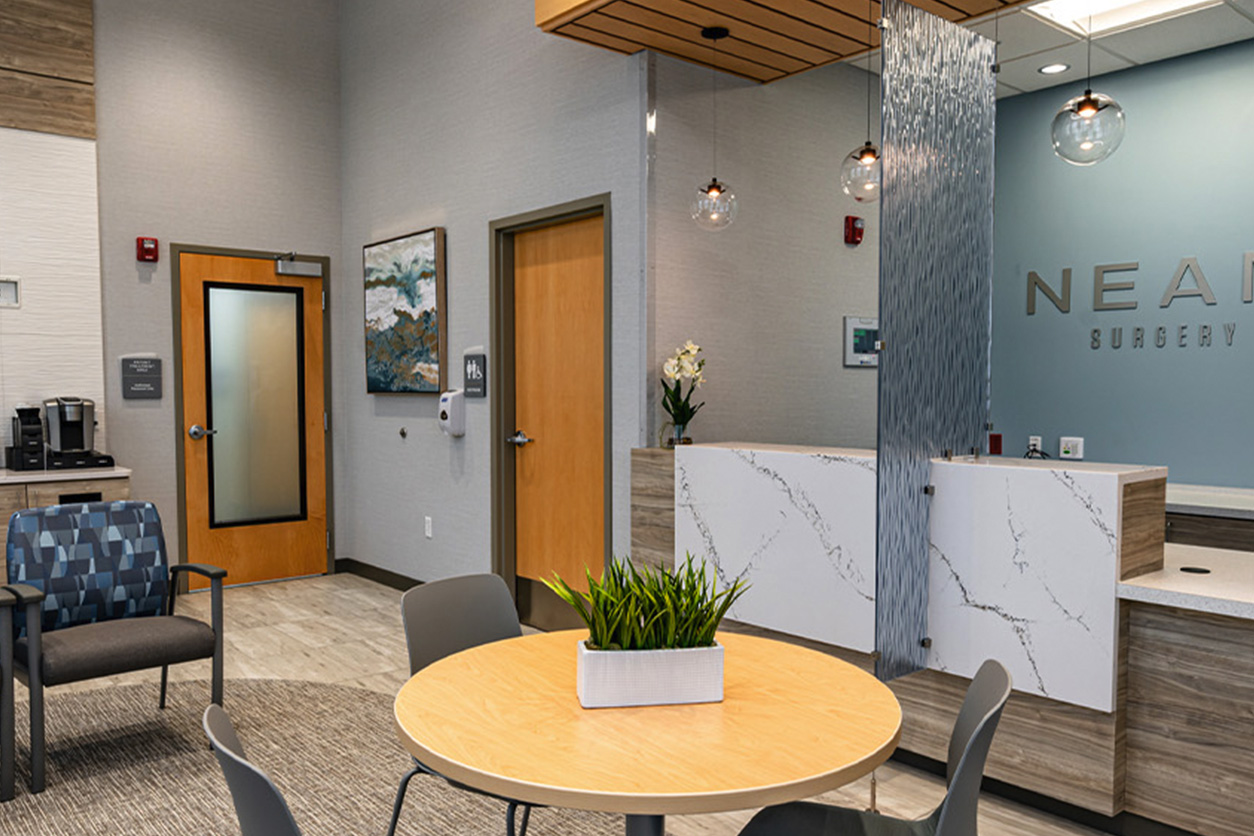If you are experiencing swelling, bruising, or an inability to move your arm following an accident, you may have a forearm fracture. Non-surgical and surgical treatments are available to help return the arm to full function.
What are Forearm Fractures?
The forearm is made up of two bones, including the radius and the ulna. In most cases of forearm fractures, both of these bones are broken. Fractures of the forearm can occur near the wrist at the distal end of the bone, in the middle of the forearm, or near the elbow at the proximal end of the bone.
There are various ways that forearm bones can break which can range from cracking slightly to breaking into several pieces. In some situations, the bone will break in a way that causes bone fragments to stick through the skin (an open fracture) which requires immediate medical treatment.
The most common causes for forearm fractures include a direct blow to the forearm, a fall on an outstretched arm, or a motorcycle/automobile accident.
Common symptoms associated with forearm fractures include:
- Swelling.
- Bruising.
- An inability to rotate the arm.
- Numbness or weakness in the fingers or wrist.
Treatment Options
To first diagnose a forearm fracture, your doctor will physically examine your forearm, and may also have you undergo an X-ray. When treating broken bones, medical professionals know that the broken pieces must be put back into the proper position and prevented from moving until they are healed. Because the ulna and radius in the forearm rely on one another for support, it is vital that they are properly stabilized following injury.





